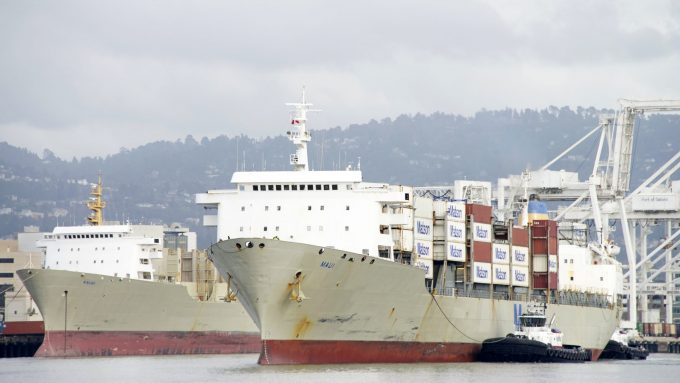Coastal shipping the springboard for battery-powered ships?
Claiming a new concept for shortsea shipping, FleetZero, says it offers an alternative to the ...

is encouraging The US should decarbonise its domestic Jones Act fleet by 40% using solutions available “before the end of this decade”, says a University Maritime Advisory Services (UMAS) report.
It also includes a suggestion that it could replace 17% of those ships with battery-powered vessels.
The Maritime Fleet of the USA—the current status and potential for the future report, commissioned by the Ocean Conservancy, says some 24% vessels operating in US waters are ready for decarbonisation now.
This could involve technology “already ...
Comment on this article